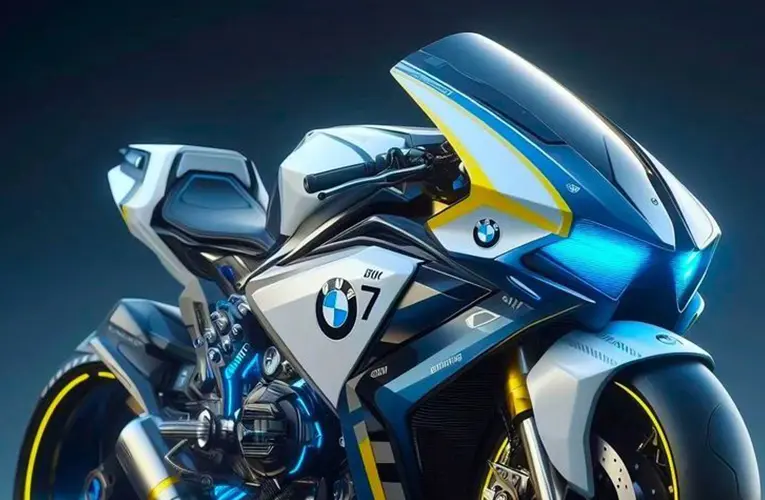1. Introduction
– Significance of luxury bikes as symbols of performance, craftsmanship, and lifestyle
– Overview of the structure and objectives of the article
– Thesis statement outlining the comparative analysis of luxury bike preferences among influential figures
2. Luxury Bike Market Overview
– Introduction to the luxury bike market in Canada and the USA
– Key players, brands, and historical evolution
– Market dynamics, trends, and consumer preferences
3. Methodology and Data Sources
– Explanation of research methods used to identify most recommended luxury bike models
– Sources of data (expert opinions, interviews with cycling enthusiasts, brand analyses, industry reports, etc.)
– Criteria for selecting and evaluating luxury bike models
4. Factors Influencing Luxury Bike Preferences
– Analysis of factors influencing preferences for luxury bikes among influential figures in Canada and the USA:
– Brand Prestige: Reputation, heritage, and brand image in the cycling community
-Performance and Technology: Frame materials (carbon fiber, titanium), componentry (groupsets, wheels), and aerodynamics
-Design and Aesthetics: Customization options, paint schemes, and integration of design with functionality
-Ride Experience: Comfort, handling, responsiveness, and suitability for different terrains (road, gravel, mountain)
-Innovative Features: Integration of electronic shifting, suspension systems, and smart connectivity
5. Comparative Analysis of Most Recommended Luxury Bike Models
– Detailed analysis of most recommended luxury bike models among influential figures in Canada and the USA:
-Road Bikes: Review of brands like Pinarello, Trek, Specialized, Cannondale, etc.
– Mountain Bikes: Analysis of brands such as Santa Cruz, Yeti Cycles, Pivot Cycles, etc.
– Gravel and Adventure Bikes: Examination of brands like Salsa Cycles, Canyon, BMC, etc.
– Comparison based on performance metrics, design innovations, customer satisfaction, and enthusiast reviews
6. Influential Figures and Endorsements
– Insights into luxury bike preferences of professional cyclists, cycling enthusiasts, and cultural influencers
– Case studies or interviews highlighting influential figures’ favorite bike models and reasons for their choices
– Impact of professional endorsements and sponsorships on brand perception and consumer demand
7. Technological Innovations and Industry Trends
– Role of technology in luxury bike manufacturing (e.g., carbon fiber layup, hydraulic disc brakes, electronic shifting)
– Innovations in bike design, frame geometry, and aerodynamic enhancements
– Influence of sustainability practices and eco-friendly materials in luxury bike production
8. Cultural Influences and Regional Preferences
– Cultural factors influencing luxury bike preferences and riding habits in Canada and the USA
– Regional variations in cycling infrastructure, urban planning, and bike-friendly initiatives
– Influence of cycling events, races, and community engagement on luxury bike culture
9. Ownership Experience and Customer Satisfaction
– Analysis of ownership experiences, customer service levels, and dealer interactions
– Consumer feedback on durability, maintenance costs, and overall satisfaction with luxury bike ownership
– Impact of brand loyalty and repeat purchases among affluent cycling enthusiasts
10. Economic Influences and Market Dynamics
– Influence of economic factors (income levels, disposable income, economic stability) on luxury bike sales
– Trends in online vs. brick-and-mortar sales, financing options, and affordability considerations
– Impact of global events (e.g., supply chain disruptions, trade tariffs) on luxury bike markets
11. Challenges and Opportunities
– Identification of challenges facing luxury bike brands in North America (e.g., market saturation, competitive pricing)
– Opportunities for innovation, brand differentiation, and market expansion in high-end bicycle sectors
– Future trends and predictions for the luxury bike market in Canada and the USA
12. Conclusion
– Summary of key findings from the comparative analysis of most recommended luxury bike models
– Implications for manufacturers, retailers, policymakers, and cycling enthusiasts
– Recommendations for enhancing brand visibility, customer engagement, and market positioning
13. References
– Bibliography of sources cited throughout the article
– Expert interviews, cycling reviews, industry reports, manufacturer websites, and enthusiast forums
Additional Considerations:
– Visual Aids Include high-resolution images, specifications charts, and infographics showcasing luxury bike models, frame designs, and technological features.
– Expert Insights Incorporate quotes and insights from cycling industry professionals, bike designers, engineers, and competitive cyclists.
– Global Perspective Consider international comparisons and insights to provide a broader context for your analysis of luxury bike preferences.
